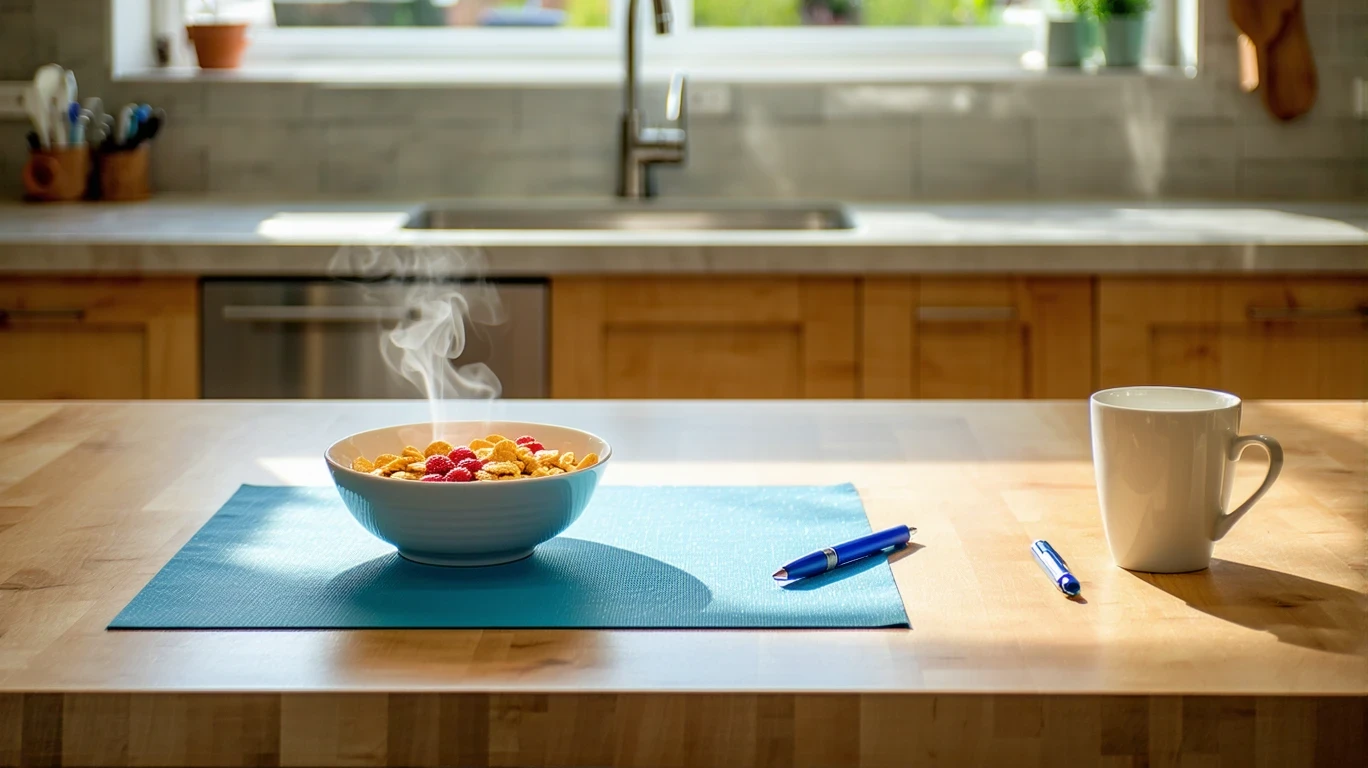It’s 7:30 am on a Tuesday, and Jasmine is sipping coffee at her kitchen table, reviewing last month’s budget. Her one-bedroom apartment in South Jordan costs $1,450, nearly half her take-home pay as a graphic designer. She jots down $320 for groceries, $95 for utilities, and $180 for her transit pass, thankful she can walk to most errands. With 55% of her monthly budget going to housing and basic needs, saving for the future takes discipline.
In South Jordan, housing and electricity often make up more than 55% of a household’s budget. Depending on your lifestyle, your monthly budget in South Jordan can look very different. Here are some typical examples.

What Real Budgets Look Like in South Jordan
From young professionals to growing families, South Jordan residents span a range of incomes and expenses. Here’s how monthly budgets break down for three households:
| Expense | Jasmine (Single renter, $3,000/mo) | Sam & Elena (Dual-income renters, $7,000/mo) | The Ortiz Family (Homeowners, $9,500/mo) |
|---|---|---|---|
| Rent/Mortgage | $1,450 | $2,100 | $2,850 |
| Utilities | $95 | $180 | $350 |
| Food | $320 | $800 | $1,200 |
| Transportation | $180 | $500 | $800 |
| HOA/Fees | $0 | $150 | $350 |
| Miscellaneous | $400 | $1,000 | $1,500 |
| Savings | $555 | $2,270 | $2,450 |
These estimates reflect common lifestyle costs in South Jordan.
Sam and Elena, a young professional couple, pay $2,100 for a two-bedroom in the heart of downtown. They enjoy dining out and traveling, balanced with a solid savings plan. The Ortiz family, meanwhile, budgets $2,850 for their mortgage on a four-bedroom home—an investment that’s stretched their budget but sets them up for the future.
Biggest Cost Drivers
While housing tops most budgets, other costs can add up quickly in South Jordan:
- Seasonal utilities: Air conditioning can spike electric bills in the summer months, while winter heating adds to gas costs.
- HOA fees: Many South Jordan neighborhoods have monthly fees for shared amenities and upkeep, ranging from $150-500.
- Commute costs: Residents who work in Salt Lake City or Provo may spend $200+ monthly on gas or transit passes.
- Rising rent: South Jordan’s popularity means rental rates have climbed 8% per year, outpacing income growth.
In South Jordan, the cost of utilities can rise substantially in summer due to A/C use. Keeping your home cool in July and August often means a 25-40% jump in electric bills. Planting shade trees and using window coverings strategically can help manage these peaks.
Tips to Stretch Your Budget Further
Savvy spenders can take advantage of local programs and habits to trim monthly expenses:
- Shop discount grocers: Stores like WinCo and Grocery Outlet offer staples for less. See what you can expect to spend on groceries in South Jordan.
- Choose transit: Commuters can save on gas and parking by using South Jordan’s buses and light rail. Check out typical transit costs in the area.
- Monitor utility use: South Jordan residents can opt into Rocky Mountain Power’s time-of-use rates to save on off-peak electricity.
- Adjust your housing: Renting a smaller place or living further from downtown can significantly cut your largest expense. Learn what you’ll really pay for housing in South Jordan in 2025.
🏆 Pro tip: Check for utility rebates in South Jordan to offset cooling costs during the hot summer months. Rocky Mountain Power and Dominion Energy offer credits for installing energy-efficient A/C units and smart thermostats.
FAQs About Monthly Budgets in South Jordan
Can you live in South Jordan on $3,000/month?
A single person can live modestly on $3,000/month in South Jordan, but may need to budget carefully for housing and discretionary expenses. Renting a studio or 1-bedroom outside the city center is most feasible.
What’s a realistic rent budget for South Jordan?
Expect to budget at least $1,200/month for a 1-bedroom apartment or $1,600/month for a 2-bedroom as of 2025. Newer buildings and amenity-rich complexes downtown command higher rents, often topping $2,000/month.
What’s a good budget breakdown for $4,000/month in South Jordan?
On $4,000/month, allocate 30-40% for housing, 15% for transportation, 10-15% for groceries and dining out, 10% for utilities and subscriptions, and 20-25% for savings and discretionary spending. Adjust as needed based on your lifestyle.
Planning Your Next Step
Moving to South Jordan or reevaluating your budget? Start by listing your fixed expenses and typical spending by category. Use the examples above as a guide, but tailor your plan to your own priorities and income. The 50/30/20 rule (50% needs, 30% wants, 20% savings) offers a helpful framework for allocating your take-home pay.
Considering other Salt Lake City suburbs? Compare your South Jordan budget to typical expenses in nearby West Jordan or see how far your dollar goes in Sandy. With smart planning, you can enjoy all South Jordan offers while building a secure financial future.
